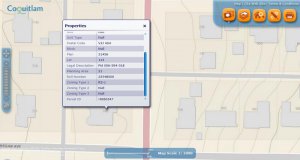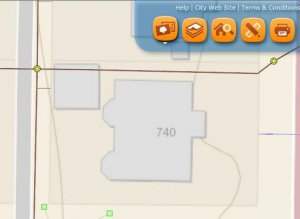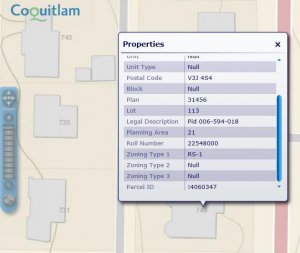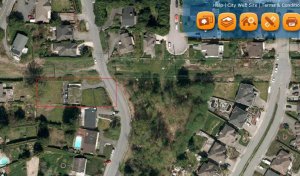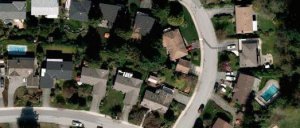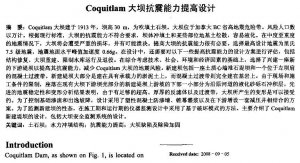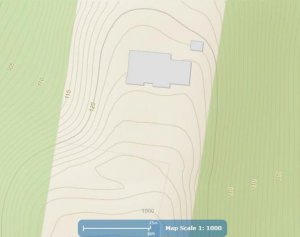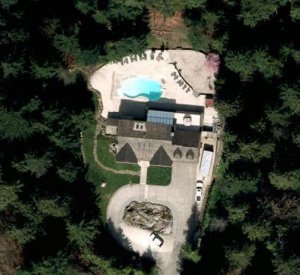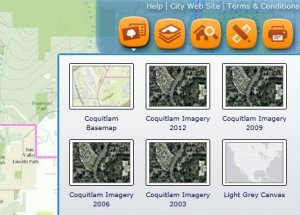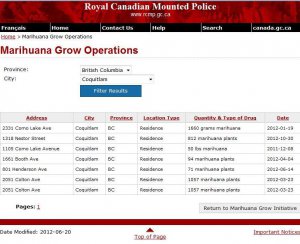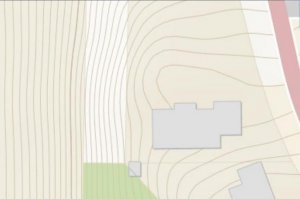关于Oil Tank油槽
如果房子是在1960年以前建筑
那地下隐藏OilTank油槽的机率会很高
买家最好雇请专业测检,费用约$80
在买房合同上,更需谨慎
清除油槽
http://peterwen.ca/remove-oil-tank.html
请注意:按照BC消防法规,清除油槽仅能由消防局核准。
买温哥华、本拿比、高贵林等地房子的朋友要注意所中意的房子是否有油槽,一定要在条件中放置检验油槽,如果有,要卖家清除。并且请专业公司检查。
老旧且未再使用的油槽(在转换成天然气前,用于储存暖气燃油)通常埋在房屋旁边。如果没有妥适地清除而任由銹穿,环境会被严重污染。空桶会在銹穿后瓦解,污染物就沉淀于四周的土地中。
清除是:
1. 油槽由住宅移走,并且按照适当的迁移规定处理。
2. 油槽必顸完全净空,并填满一种钝性物质。
2003年法规规定所有的油槽都必顸清除(即使是先前已经不再使用,并且填满砂)。除非是无法清除,并由消防局主管特别核准,但仍必顸填满钝性物质。
卖方要保证油槽都已被移走,或按BC消防法规规定不再使用。并且以消防局检查证明的表单确认。
特别警告:
有些保险公司不对有油槽的住宅提供保险,不论是使用与否。细节请询问您的保险员。
Have you dug up and removed your oil tank?
Many homes in the Greater Vancouver area built before 1957 were originally heated with furnace oil. When natural gas became available, the oil storage tanks, which were normally located underground in backyards, were filled with sand or capped.
However, as these unused buried oil tanks start to corrode and rust, the remaining oil can leak out and flow onto the rest of the owner's property, the neighbour's property, storm sumps and waterways, resulting in contamination of soil and water. Apart from the negative financial impact on the market value of the property, the owner can face substantial legal liability under various statutes and bylaws for such contamination.
The B.C. Fire Code and bylaws of 12 municipalities (including the City of Vancouver) all essentially require that out-of-service underground oil storage tanks (USTs) be removed and that all contaminated soil must be removed and replaced with clean fill.
What Can Buyers Do to Protect Themselves?
If there is a suspicion that there may be a UST and the seller will not or can not confirm either way, the buyer should be advised to make the offer subject to a satisfactory inspection that satisfies the buyer there is no buried oil tank and that the property is not a contaminated site. It would be prudent to engage the services of a specialized UST inspector to conduct a magnetic survey to detect a UST and then, if located, the integrity of the tank can be examined and surrounding soil can be checked for the presence of contaminants.
The buyer should also put in another condition precedent into the contract that if there is a UST, the offer is subject to the seller arranging, at their own expense, for the UST to be drained and removed and for the soil and groundwater to be assessed for contamination and, if contaminated, the seller will ensure the soil and groundwater is fully remediated in compliance with all applicable statute, bylaw and B.C. Fire Code requirements.
The contract should also provide that it is a fundamental term of the contract that all the work will be done by a qualified tank removal contractor and that the seller shall provide to the buyer on or before the completion date all necessary written certificates and reports from the tank removal contractor and the fire authority that all work was completed in compliance with the applicable statutes, bylaws and B.C. Fire Code.
A buyer should be strongly advised, even in the face of competing offers for a property, to not remove any conditions without the UST and remediation work having been completed properly by the seller. Similarly, the buyer should not agree to take on the responsibility of the removal of the UST and the remediation of any contamination in exchange for a price reduction without fully realizing the potential liability that would ensue upon becoming the new owner.




























 活活过了2小时的关。
活活过了2小时的关。
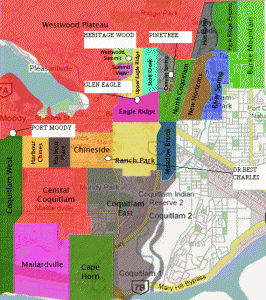






 但
但















